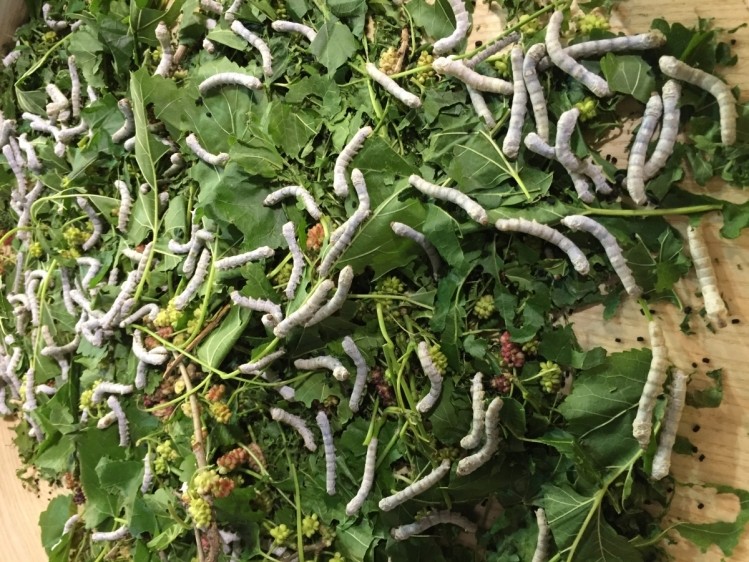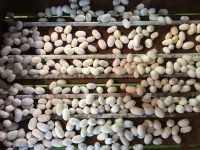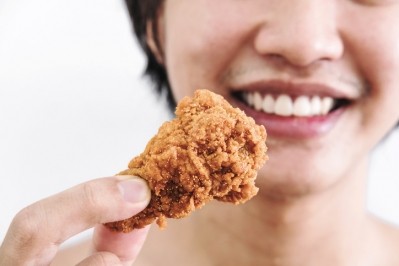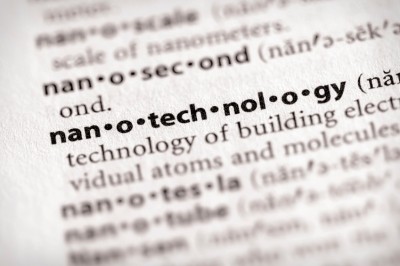Silkworm flour: Where sustainable food meets fashion

The cocoons of the mulberry silk larvae (Bombyx mori) are the key raw material in silk manufacturing. While the protein fibre (fibroin) of the cocoons is woven into high-value fabric, the larvae within are usually discarded.
Although Italy's 1000-year old silk farming (sericulture) tradition collapsed in the post-war era, it has enjoyed a revival in recent years as entrepreneurs have sought to provide a traceable supply of high-quality, home-grown silk.
For Marco Ceriani, founder and CEO of Italbugs, this revival represents an opportunity to develop a new food ingredient that combines two of the biggest sustainable food trends ‒ protein from insect sources and valorisation of industrial waste.
"The idea of using the Bombyx mori was natural. In 1920 in Italy there were 230 silkworm factories for silk production. In no other country (except China) was there so much work on a single insect. Silkworm is really our insect," said Ceriani.
Bombyx mori is Italy's only edible insect. According to the FAO, there are some 1900 edible insect species in the world that form part of the diet of around 2 billion people.
There is increasing interest in exploiting the potential of insects as a sustainable protein source, in light of the growing world population that is expected to exceed 9 billion by 2050 and the environmental impacts of meat as the main source of animal protein.
Nutritional profile and uses
The silkworm powder is 80% protein, with essential- and branch chain amino acids. It is low in carbohydrates, fat and sugar, making it suitable for use in sports nutrition and products aimed at the low-gycaemic, gluten-free, paleo and raw food markets.
"It is a sustainable product: good for health and also for the world. Insects have a very low environmental impact," said Ceriani.
Insects have formed part of the traditional diet in parts of Asia and Africa for centuries. However, they have tended to be eaten whole ‒ whether dried or alive. When it comes to European palates, Ceriani said, "the entire insect in the mouth does not work".
It is therefore necessary to introduce the taste and idea of insect-derived foods in acceptable formats. Italbugs' silkworm flour can be easily incorporated into pasta, pizza, and baked goods, including Italy's many specialty breads and pastries.
A food tech partnership
Ceriani did not reveal details of the production process, saying only that the company works with new techniques similar to 'nouvelle cuisine' to maintain the nutritional value and good taste: preparation at high pressure and low temperature, and application of nitrogen and CO2.
Italbugs collaborates with the renowned University of Wageningen in the Netherlands, which is currently running research projects on insect protein.
In fact, the company has established its product development base in Wageningen ‒ not only so as to be close to the research hub but also because the lack of legislation for insect production in Italy meant the company was limited in the R&D work it could do there.
The Wageningen entity has already launched one insect-based product called XDutch, a sports nutrition supplement containing crickets and mealworms that is sold in the Netherlands and Belgium.
Italbugs also has premises at a science park in Lodi, Italy. Contracts are in place with silk farms for supply of silkworms, but information on the location of these farms and the capacity is not yet available.
Novel foods approval
In recent years there has been some confusion over the status of insect foods under EU legislation.
Under the 1997 Novel Foods regulation (Regulation (EC) No 259/97), food ingredients extracted or isolated from insects (such as protein isolates), and insect parts (legs, wings, head, etc) have been considered 'novel foods' and have had to go through the regulatory approval process before they could be marketed.
However, member states have disagreed as to whether the definition applies to whole insects or preparations from them, such as worm paste. A handful of EU member states (Belgium, the Netherlands, Denmark and the United Kingdom) have allowed the sale of whole insect-based foods. Most, however, have not.
The situation is soon to be harmonised, however, as on 1 January 2018 the new Novel Foods regulation (Regulation EU 2015/2283) comes into force, replacing its predecessor. From that date onwards all foods from insects ‒ both whole insects and extracts, isolates and parts ‒ will have to have go through the pre-market approval process.
This is not regarded as a barrier to Italbugs' market entry. On the contrary, it will create a level playing field across the EU, and Ceriani anticipates that it will be "easier" to gain approval for insect-based foods, since some will qualify for the new, simplified notification procedure for food 'with a history of safe use over at least 25 years in the customary diet of a significant number of people in at least one third country'.
Although Bombyx mori do not have a history of consumption in Europe prior to 1997 (when the original Novel Foods regulation came into force), they have been eaten in China for centuries.
In any case, Ceriani believes that novel foods is merely a "law of passage". "Within five years, bugs will be a common food [in Europe]".



























